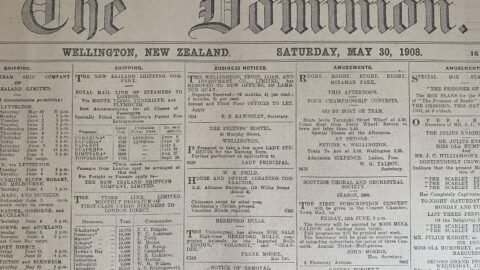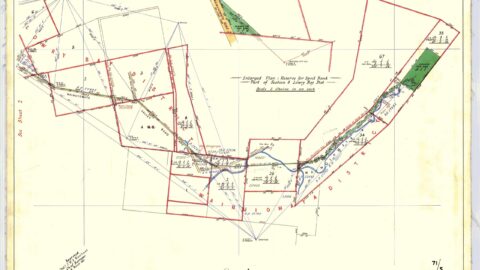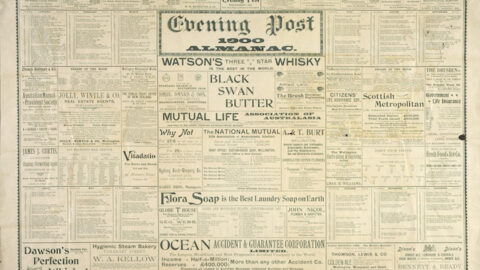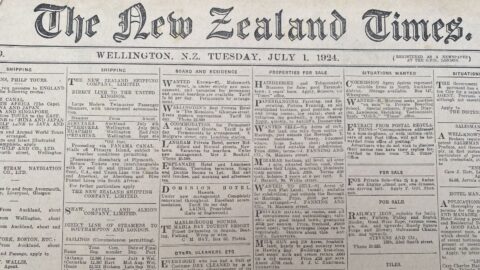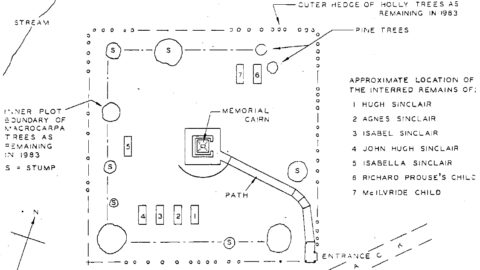A Forgotten Settlement in Wainuiomata
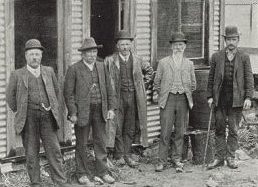 In the early 1910s, deep in Sinclair Valley, Wainuiomata, a temporary yet lively settlement took shape near the end of a tramline. Known informally as Navvy-town, it housed the workforce, mostly navvies, tasked with one of the region’s most ambitious infrastructure undertakings: the construction of Solomon’s Knob Dam, later renamed Morton Dam.
In the early 1910s, deep in Sinclair Valley, Wainuiomata, a temporary yet lively settlement took shape near the end of a tramline. Known informally as Navvy-town, it housed the workforce, mostly navvies, tasked with one of the region’s most ambitious infrastructure undertakings: the construction of Solomon’s Knob Dam, later renamed Morton Dam.
The term “navvy”, a shortened form of “navigator,” originated in 18th-century Britain, initially referring to labourers who dug canals, then called “navigations.” Over time, it came to describe manual workers employed on major civil engineering works such as railways, roads, tunnels and dams. Navvies were known for their gruelling physical labour with pick and shovel, often working in remote or challenging environments.
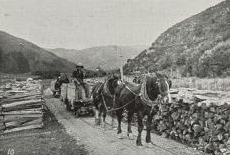 Navvy-town in Wainuiomata stood near Solomon’s Knob in Sinclair Valley, in what is now known as Reservoir Valley. Travellers arriving by foot or via tramline first passed a large receiving shed where city teams unloaded supplies. Nearby was the camp itself, a mix of tents and timber-framed huts, home to around 60 or 70 workers employed by Martin, Hurrell and Snaddon, the contracting firm responsible for building Morton Dam.
Navvy-town in Wainuiomata stood near Solomon’s Knob in Sinclair Valley, in what is now known as Reservoir Valley. Travellers arriving by foot or via tramline first passed a large receiving shed where city teams unloaded supplies. Nearby was the camp itself, a mix of tents and timber-framed huts, home to around 60 or 70 workers employed by Martin, Hurrell and Snaddon, the contracting firm responsible for building Morton Dam.
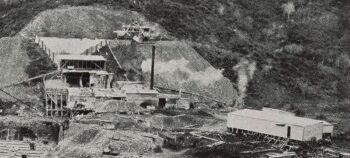 Though temporary, Navvy-town was more sophisticated than the average outback bush camp of the day. Many tents were reinforced with timber walls, and well-built huts added a sense of permanence. According to one description, some navvies took pride not only in their labour but also in their appearance. One observer noted the sight of a navvy diligently polishing his boots during his lunch break, a far cry from the rugged, unkempt norms of similar camps in decades past. The contrast with earlier backcountry living standards was stark. The same observer recalled being frowned upon at a Marlborough camp twenty years prior simply for cleaning his teeth and nails, never mind polishing boots.
Though temporary, Navvy-town was more sophisticated than the average outback bush camp of the day. Many tents were reinforced with timber walls, and well-built huts added a sense of permanence. According to one description, some navvies took pride not only in their labour but also in their appearance. One observer noted the sight of a navvy diligently polishing his boots during his lunch break, a far cry from the rugged, unkempt norms of similar camps in decades past. The contrast with earlier backcountry living standards was stark. The same observer recalled being frowned upon at a Marlborough camp twenty years prior simply for cleaning his teeth and nails, never mind polishing boots.
 Navvy-town was a place born of necessity but reflective of changing times. It represented a shift in both working conditions and attitudes during a transformative period in New Zealand’s public works history. Once Morton Dam was completed in 1912, the camp vanished almost as quickly as it had risen, and its timber dismantled.
Navvy-town was a place born of necessity but reflective of changing times. It represented a shift in both working conditions and attitudes during a transformative period in New Zealand’s public works history. Once Morton Dam was completed in 1912, the camp vanished almost as quickly as it had risen, and its timber dismantled.
Today, Navvy-town is largely forgotten, but recorded through a few old newspaper articles, including this one published in August 1909.
Tags: Buildings Dams
